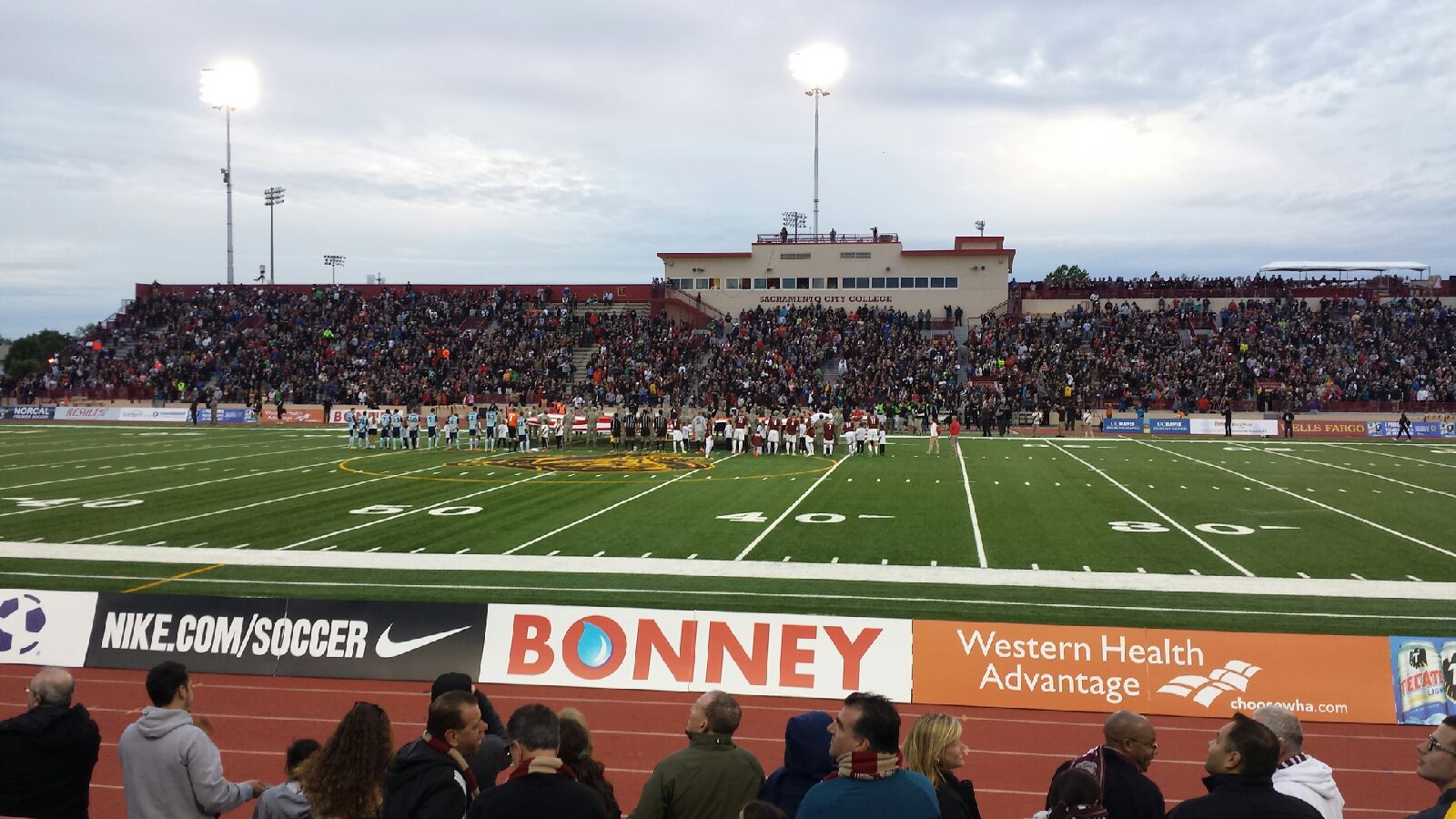UPDATE: Chief Executive Magazine, Best & Worst States for Business (May 2014) — In the 10th annual survey of CEOs, over 500 CEOs across the U.S. graded states with which they were familiar on a variety of measures, including the tax and regulatory regime, the quality of the workforce and the quality of the living environment. Texas continues its 10-year historical position as the best state overall.
Downtown Austin is buzzing with hotel construction and other development activities, as recently recognized by the New York Times in its article Austin, Tex., Stands Out in Hotel Recovery That Has Hugged Coasts (Oct. 1, 2013) and, more recently, the Austin Business Journal in its article Fairmont Austin Developer names general contractor; project appears on track (Mar. 18, 2014). 
There are reportedly numerous hotel and other projects currently under construction and in the planning phase in downtown Austin.
The New York Times article highlighted hotel projects under construction and other projects in the pipeline:
“A $300 million JW Marriott hotel, the biggest JW Marriott in the country and the city’s biggest hotel at 1.2 million square feet, is under construction on a full block near the Capitol. Developers broke ground on a Westin over the summer and a $350 million Fairmont will be going up a few blocks away.
Eight hotels containing almost 4,000 rooms are scheduled to open across Austin within the next three years, making the Texas capital one of the most active markets in the country for new hotel construction.”
It noted that, although developers across the nation may be “skittish,” delaying new hotels “until the economy returns to health, and financing does, too,” in Austin, “developers aren’t that wary.”
In turn, the Austin Business Journal recently confirmed that developer Manchester Texas Financial Group LLC has announced that it has awarded Hunt Construction Group the $247 million construction contract for development of the Fairmont Austin downtown. It reported that “[t]he total value of the 47-story project to be built at Cesar Chavez and Red River streets is $370 million.” Characterizing Austin as a “robust hospitality market,” it confirmed that “[d]owntown Austin is buzzing with hotel construction activity.” It highlighted projects under construction and in the pipeline as well:
“In addition to the JW Marriott Austin, the Westin Downtown Austin also is under construction along with Hotel Van Zandt in the Rainey Street District. The status of construction of the proposed Hotel Zaza at 401 Guadalupe St. is unknown at this time. Several other boutique hotels have been announced, mostly around Rainey Street and in East Austin.”
Downtown Austin Alliance’s webpage identifies other planned and under construction projects:
- Republic Square, Phase II – Planned
- Travis County DA Office Building – Planned
- Texas PTA – Planned
- Holiday Inn Hotel – Mixed Use Project – Planned
- New Travis County Civil & Family Courthouse – Planned
- Texas Public Policy Foundation Office Building – Planned
- Gables Republic Park/Hotel Zaza – Planned
- Dell Medical School & Teaching Hospital At UT Austin – Planned
- Mexic-Arte Museum – Planned
- Waterloo Park Tower – Planned
- Episcopal Church National Archives – Planned
- Trinity Place – Planned
- 416 Congress – Planned
- 5th and Brazos – Planned
- West Campus Apartments – Under Construction
- Hyatt Ballroom and Parking Structure – Under Construction
- Capitol Studios – Under Construction
- Colorado Tower – Under Construction
- Stubb’s Green Building – Under Construction
- Waller Creek Flood Diversion Tunnel – Under Construction
- IBC Bank Plaza – Under Construction
- New Central Library – Under Construction
Additional Sources: Austin Business Journal, Hotel Van Zandt breaks ground on Rainey Street (Aug. 22, 2013)
Photo: Stuart Seeger, Austin Texas Lake Front – Creative Commons
 Gravel2Gavel Construction & Real Estate Law Blog
Gravel2Gavel Construction & Real Estate Law Blog




 to help businesses to learn how to apply the new California Competes Tax Credit. This credit is an income tax credit available to businesses–both large and small–that want to relocate to or stay and grow in California. GO-Biz expects to begin accepting applications during the first quarter of 2014. For more information on the California Competes Tax Credit read
to help businesses to learn how to apply the new California Competes Tax Credit. This credit is an income tax credit available to businesses–both large and small–that want to relocate to or stay and grow in California. GO-Biz expects to begin accepting applications during the first quarter of 2014. For more information on the California Competes Tax Credit read 
 and Cal Expo to construct an 8,000-seat multi-use sports facility.
and Cal Expo to construct an 8,000-seat multi-use sports facility.  CareerBliss has published a number of bliss lists, evaluating what it considers to be the “key factors” which affect work happiness, including, for example: “one’s relationship with their boss and co-workers, their work environment, job resources, compensation, growth opportunities, company culture, company reputation, their daily tasks, and job control over the work that they do on a daily basis” to come up with an overall “bliss rating” or “bliss score.” A number of you with careers in the construction industry have reported that you are blissfully happy.
CareerBliss has published a number of bliss lists, evaluating what it considers to be the “key factors” which affect work happiness, including, for example: “one’s relationship with their boss and co-workers, their work environment, job resources, compensation, growth opportunities, company culture, company reputation, their daily tasks, and job control over the work that they do on a daily basis” to come up with an overall “bliss rating” or “bliss score.” A number of you with careers in the construction industry have reported that you are blissfully happy.